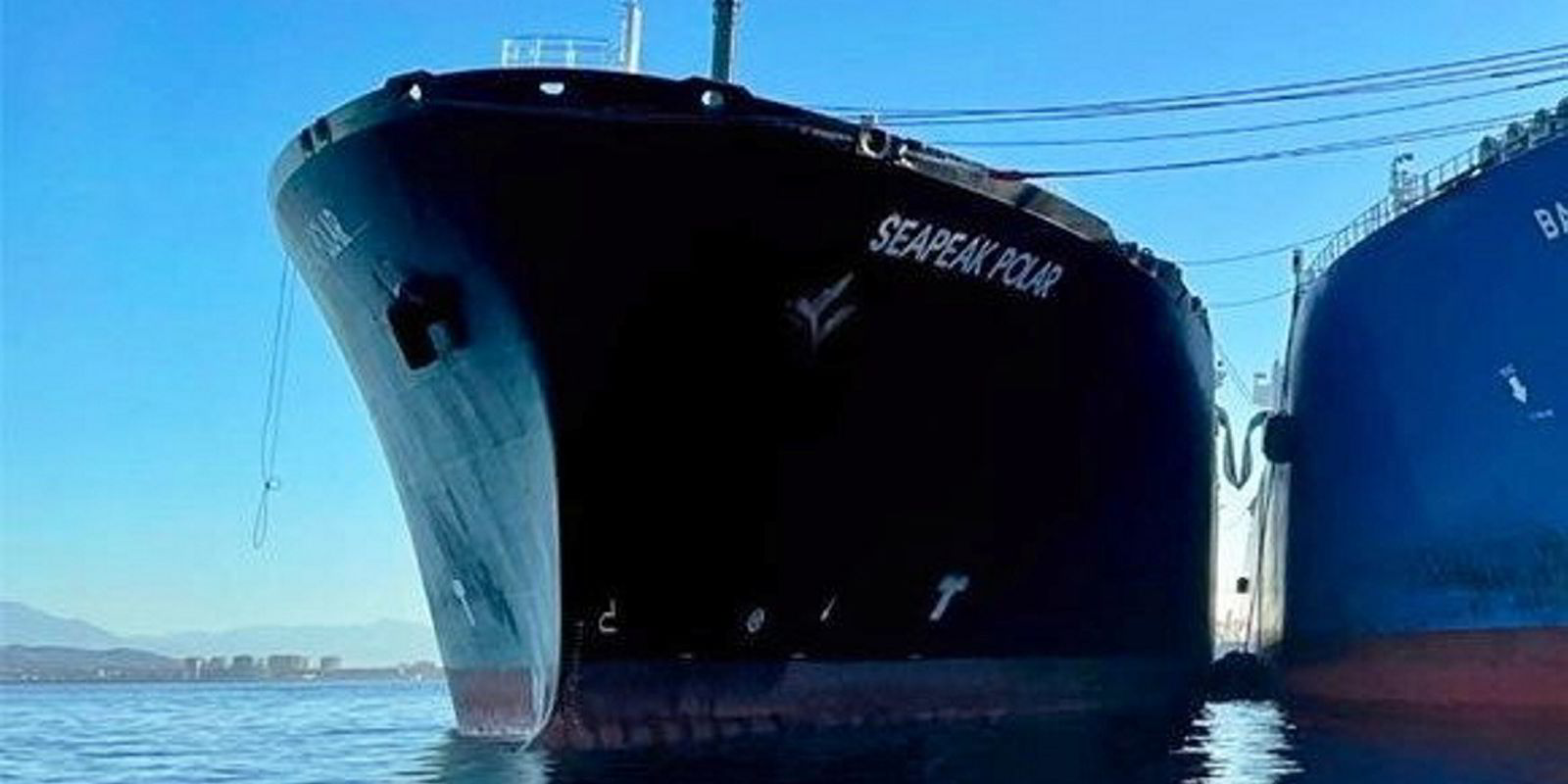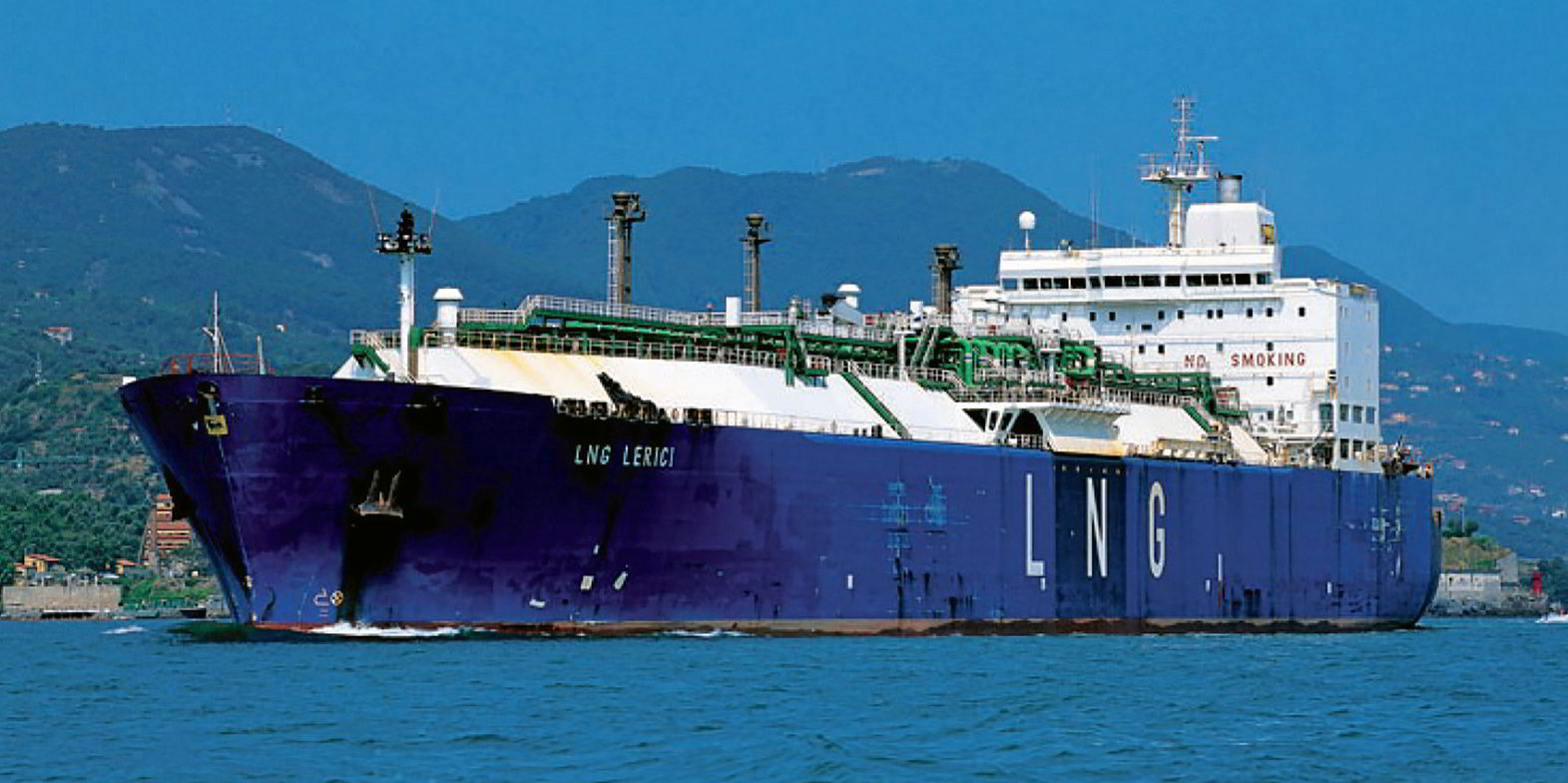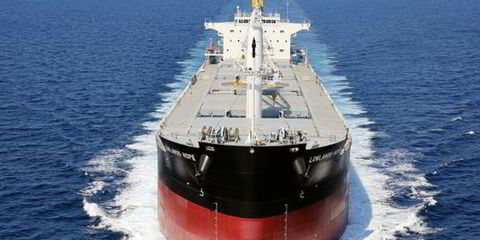Scrapping activity tailed off for LNG carriers in 2023 — after a brisk start to the year hinted that the long-expected weed-out of older tonnage was finally underway — but some market players anticipate that demolition numbers will rise this year.
Six LNG vessels were sent to the breakers in 2023.
This was a jump on the single ship that was sent for demolition in 2022 but down on the seven scrapped in the bumper year of 2021.
The six vessels sold in 2023 were all aged 30 years or over with the oldest being 46. Their combined ages were 222 years. They all had steam turbine propulsion systems.
Their number also included the first floating storage and regasification unit — albeit one of the initial two LNG carrier-to-FSRU conversions.
Of the six vessels scrapped, one came to the end of its charter and looked set to be without employment. The owner cited factors such as its older age, steam turbine propulsion systems and smaller size, which rendered it less efficient and constrained its competitiveness in the charter market.
Four were laid up and while the final ship had been reactivated from lay-up in the last few years, it was idle.
All but two of the six ships were sold for green recycling, with the companies noting their adherence to the Hong Kong International Convention for the Safe and Environmentally Sound Recycling of Ships during the scrapping process.
Record deliveries
LNG carriers often attract higher scrap prices due to their high aluminium content.
Older LNG carriers are set to come under increasing scrutiny this year as the Carbon Intensity Indicator gradings — under which vessels are given an annual rating based on their operational parameters and the carbon intensity emissions of their vessels — emerge from the second quarter.
This is juxtaposed with what are due to be two record years for LNG newbuilding deliveries with at least 67 vessels scheduled for handover in 2024 and a similar number the following year.
Shipbrokers said that steamships are increasingly being seen as the last choice for charterers.
Broker SSY said in an annual review and forecast for 2024 that steam turbine tonnage has begun to slow down, with engine performance limitation systems now commonplace.
Current estimates put spot rates for steam turbine vessels at around the $30,000-per-day mark although privately charter market players said they were seeing levels in the teens being offered.
One broker said that while there are technically about 80 older LNG carriers that could “disappear” from the market shortly, many could trade on, albeit increasingly on regional trades and at rates close to operating expenses.






